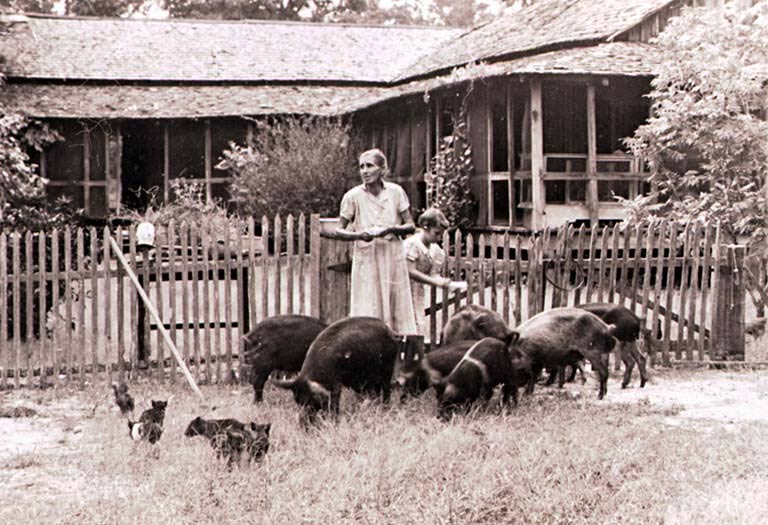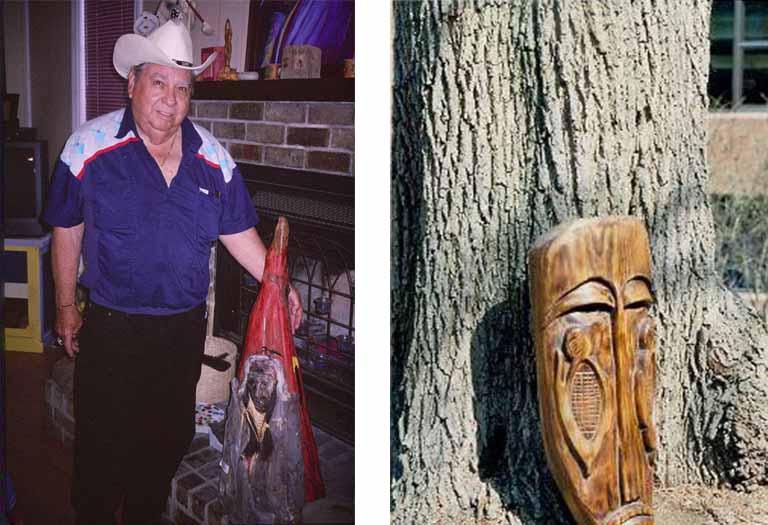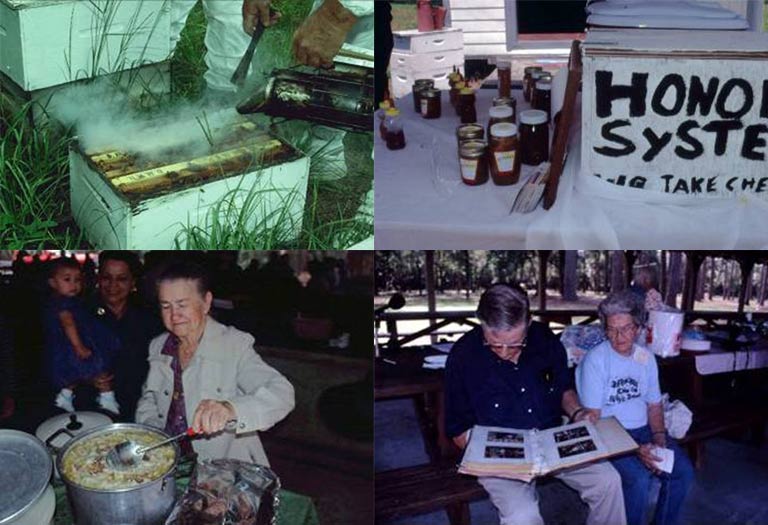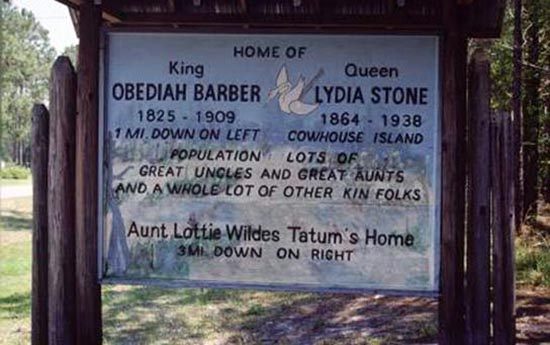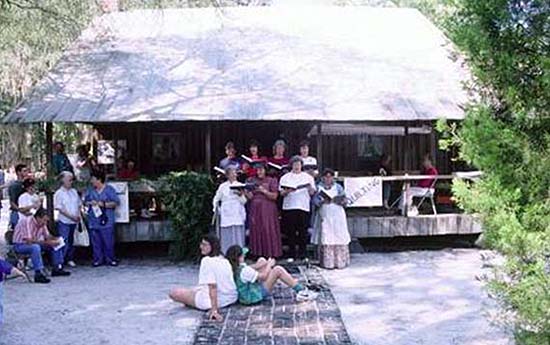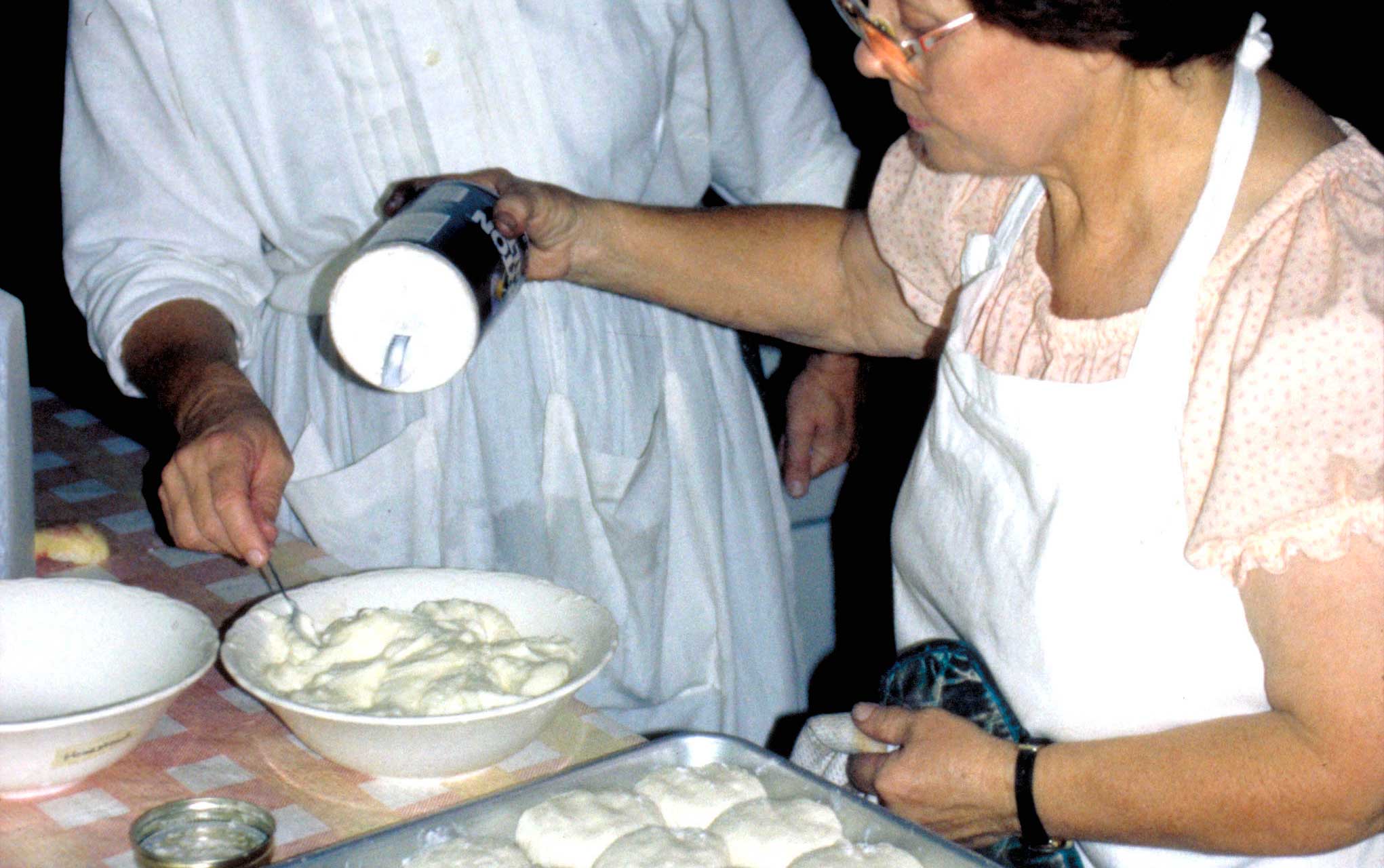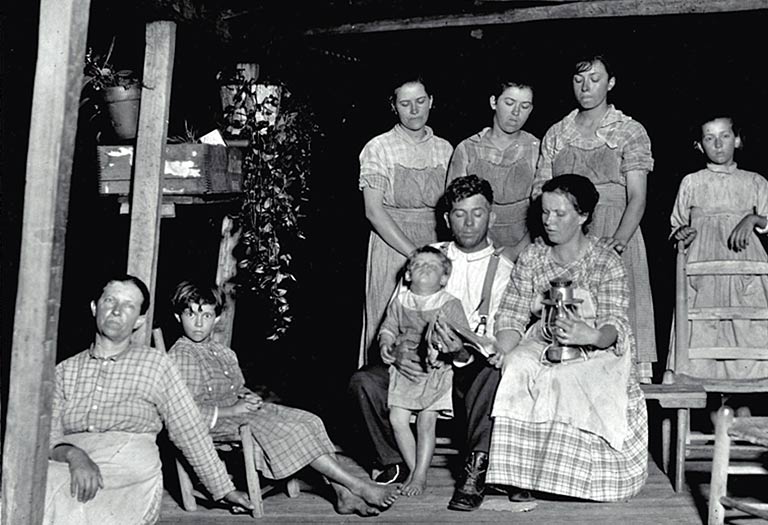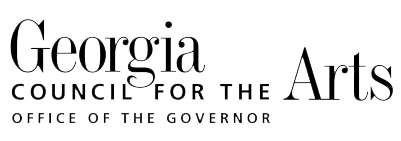Okefenokee Swamp Folklore

The majority of this series comes from fieldwork, vertical files, and administrative files related to the Okefenokee Traditional Music Survey, a fieldwork project funded by the Lila Wallace Reader's Digest Community Folklife Program from 1998-2000. The project documented a distinctive folk region by updating the pioneering work (1912-51) of naturalist and amateur folklore collector, Francis Harper.


